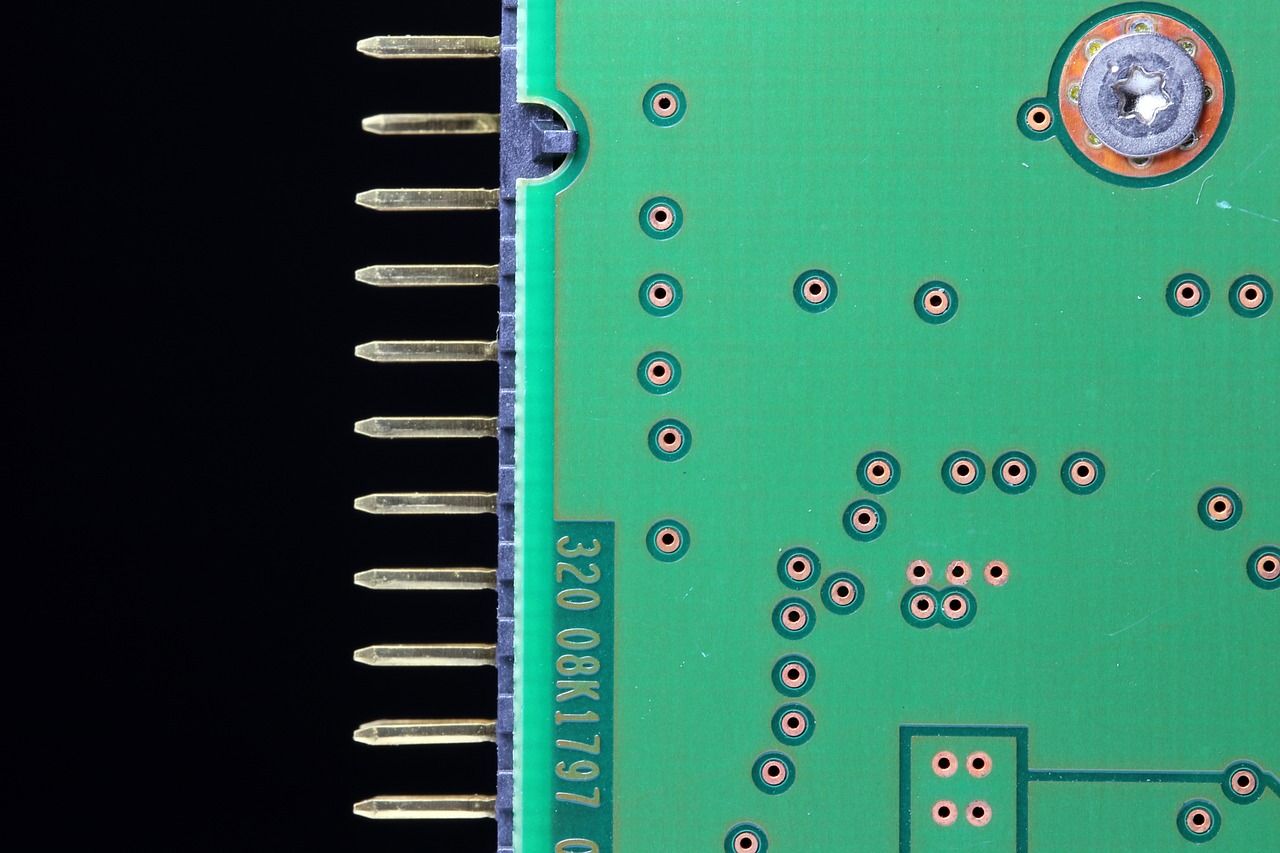When it comes to setting up a turtle tank, there’s one element that’s often overlooked but crucial for the well-being of your shelled friend: the substrate. You might be thinking, “What on earth is substrate?” Well, it’s simply the material you place at the bottom of the tank. But don’t underestimate its importance! The right substrate not only provides comfort for your turtle but also plays a vital role in maintaining proper hygiene. So, let’s talk about the different options available and how to choose the best one for your aquatic buddy.
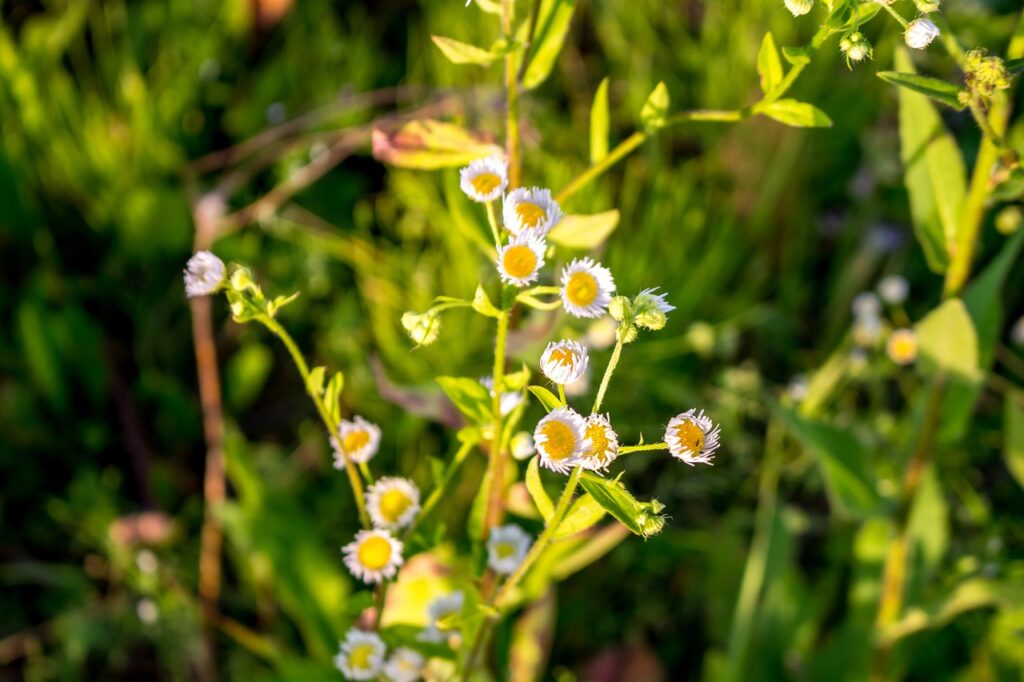
Understanding the Importance of Turtle Tank Substrate
When it comes to setting up a turtle tank, the substrate is an essential element to consider. The substrate refers to the material that lines the bottom of the tank, providing a natural habitat for turtles and offering various benefits. By choosing the right substrate, you can create an environment that supports your turtle’s physical comfort and exercise, as well as maintain hygiene and prevent diseases.
Creating a Natural Habitat for Turtles
By selecting an appropriate substrate, you can create a natural habitat for your turtles that resembles their natural environment. Turtles are semi-aquatic creatures that require both land and water areas within their tank. The substrate plays a crucial role in replicating their natural habitat, providing a comfortable surface for them to walk and rest on. It also allows them to dig and lay their eggs, mimicking their behavior in the wild.
Supporting Physical Comfort and Exercise
Turtle tank substrate is not just about aesthetics; it plays a vital role in supporting your turtle’s physical comfort and exercise. Different substrates offer varying textures and densities, which can have an impact on your turtle’s overall well-being. A substrate that allows for natural movement, such as digging and burrowing, can provide physical exercise and mental stimulation for your turtle. It also helps to prevent shell abrasions and promotes healthy nail and beak wear-down.
Maintaining Hygiene and Preventing Diseases
Proper substrate selection and maintenance are essential for maintaining hygiene in your turtle tank and preventing the spread of diseases. A substrate that is easy to clean and offers effective waste management is crucial to keep your turtle’s environment clean and healthy. Some substrates also have antibacterial properties, helping to prevent the growth of harmful bacteria that could cause diseases. Regular cleaning and maintenance of the substrate, along with a balanced diet and proper water filtration, can help ensure a disease-free environment for your turtles.
Factors to Consider When Choosing Turtle Tank Substrate
Several factors need to be considered when selecting the right substrate for your turtle tank. Each factor plays a significant role in providing a suitable substrate environment for your turtles.
Turtle Species and Habitat Type
The species of turtle you have and its natural habitat are crucial factors to consider when choosing substrate. Some turtles prefer sandy substrates, while others may thrive better with moss or gravel. Researching the natural habitat of your turtle species will give you insights into the type of substrate that would best replicate their environment and promote their well-being.
Size and Age of the Turtle
The size and age of your turtle also matter when selecting the appropriate substrate. Younger turtles may require a softer substrate that is easier to dig and burrow in, while larger adult turtles might need a sturdier substrate that can withstand their weight. Considering the size and age of your turtle will ensure that the substrate is suitable for their specific needs.
Substrate Depth and Coverage
The depth and coverage of the substrate in the tank are crucial for a comfortable and natural turtle habitat. Different turtles have different substrate depth requirements, especially for nesting and egg-laying activities. Providing an adequate substrate depth that meets the needs of your turtle species will ensure their comfort and natural behaviors are supported.
Ease of Cleaning and Maintenance
Keeping your turtle tank clean is a vital aspect of maintaining a healthy environment for your pets. Choosing a substrate that is easy to clean and maintain will make your life easier. Some substrates, like reptile carpet or paper towels, can be easily removed and replaced, while others may require more intricate cleaning processes. Consider your personal preferences and availability when selecting a substrate that matches your cleaning and maintenance routine.
Substrate Availability and Cost
The availability and cost of the substrate can also influence your decision. Some substrates may be easily accessible and affordable, while others may be more challenging to find or costlier. While it is important to prioritize your turtle’s needs, it is also essential to consider your budget and accessibility when choosing the substrate for your tank.
Non-Toxicity and Safety for Turtles
Ensuring the substrate is non-toxic and safe for your turtles is of utmost importance. Avoid substrates that contain any chemicals, dyes, or toxins that could harm your turtles. Choose substrates that are specifically designed for reptiles and have been deemed safe for use in turtle tanks.
Popular Turtle Tank Substrate Options
There are various substrate options available for turtle tanks, each offering unique benefits and considerations. Here are some of the popular choices to consider:
Sand
Sand is a widely used substrate option for turtle tanks. It provides a natural look and is aesthetically pleasing. Sand allows turtles to dig and bury themselves, mimicking their natural behavior. However, sand requires regular cleaning as waste and debris can become trapped. It is also essential to choose a fine-grained sand to prevent any respiratory issues for your turtles.
Gravel
Gravel is another commonly used substrate that provides a unique texture for turtles. It helps with wear down beaks and nails, offering a natural way to keep them trimmed. However, smaller gravel particles can be ingested by turtles, leading to blockages in their digestive system. Opting for larger-sized gravel can reduce this risk, but regular cleaning is still necessary to prevent waste buildup.
River Rocks
River rocks offer a more natural look to your turtle tank. They are easy to clean and do not trap debris as much as other substrates. However, it is important to choose rocks that are too large for your turtle to swallow and avoid any sharp edges that could harm your turtle.
Coco Coir
Coco coir is a substrate made from coconut husks. It retains moisture well, providing a suitable environment for turtles that require high humidity levels. Coco coir also offers digging opportunities for turtles. However, it requires frequent replacement as it decomposes over time.
Sphagnum Moss
Sphagnum moss is another substrate that retains moisture, making it suitable for turtles requiring high humidity levels. It provides hiding spots for turtles and helps create a more natural-looking habitat. However, sphagnum moss can rot and create odors if not properly maintained.
Reptile Carpet
Reptile carpet is an easy-to-clean and reusable substrate option. It does not absorb water or waste, making it hygienic and convenient for regular maintenance. However, it may not provide the most natural feel for turtles and may need additional enrichment to replicate their natural environment.
Paper Towels or Newspapers
For those looking for a convenient and disposable option, paper towels or newspapers can be used as a substrate. They are easy to clean and replace, ensuring a clean environment for your turtles. However, they do not provide a natural or aesthetic look for the tank.
Aquatic Plants
Aquatic plants can serve as both a substrate and a natural decoration in your turtle tank. They offer hiding spaces for turtles and create a more natural and aesthetically pleasing environment. However, they require additional maintenance and monitoring, as they need proper lighting, water filtration, and nutrient supplementation.
Advantages and Disadvantages of Different Substrate Types
Each substrate option has its own set of advantages and disadvantages. Here’s a closer look at the different substrate types:
Sand: Natural and Aesthetically Pleasing, but Requires Regular Cleaning
Sand provides a natural look and allows turtles to engage in natural behavior. However, it requires regular cleaning to prevent waste buildup.
Gravel: Helps with Wear Down Beaks and Nails, but Can Be Ingested
Gravel helps with natural wear-down of beaks and nails, but smaller particles can be ingested by turtles, leading to health issues.
River Rocks: Provides a Natural Look and Easy Cleaning, but May Trap Debris
River rocks offer a natural look and are easy to clean, but they may trap debris in their crevices.
Coco Coir: Retains Moisture and Provides Digging Opportunities, but Requires Frequent Replacement
Coco coir retains moisture and allows for digging, but it needs to be replaced frequently as it decomposes.
Sphagnum Moss: Retains Moisture and Provides Hiding Spots, but Can Rot and Create Odors
Sphagnum moss retains moisture and provides hiding spots, but it can rot and create unpleasant odors if not maintained properly.
Reptile Carpet: Easy to Clean and Reusable, but Limited Natural Feel
Reptile carpet is easy to clean and reusable, but it may not provide the most natural feel for turtles.
Paper Towels or Newspapers: Convenient and Disposable, but Not Aesthetic or Natural
Paper towels or newspapers are convenient and disposable options, but they do not offer an aesthetic or natural look for the tank.
Aquatic Plants: Aesthetic and Provides Natural Hiding Spaces, but Requires Maintenance and Monitoring
Aquatic plants offer an aesthetic look and natural hiding spaces for turtles but require additional maintenance and monitoring.
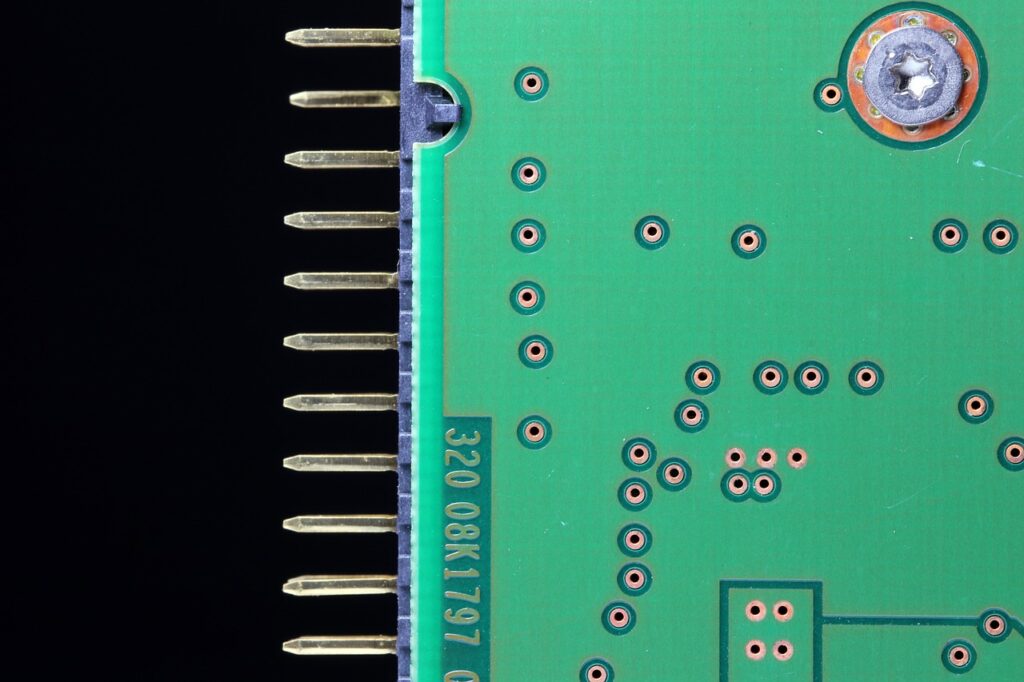
Factors to Avoid in Turtle Tank Substrate
When selecting a substrate, it is important to avoid certain factors that could be harmful to your turtles or the tank ecosystem. Here are some factors to avoid:
Fine Dust or Loose Sand Particles
Avoid substrates that produce fine dust or contain loose sand particles that could lead to respiratory issues for your turtles.
Sharp or Pointed Objects
Do not use substrates that contain sharp or pointed objects that could potentially harm your turtles.
Toxic Chemicals or Materials
Substrates with toxic chemicals or materials can be harmful to your turtles. Only choose substrates that are specifically designed for use in turtle tanks and have been deemed safe.
Substances that Decompose Easily
Substrates that decompose easily, such as certain types of wood chips or sawdust, can create an unhealthy environment and promote bacterial growth.
Unsuitable Food Sources
Some substrates may contain substances that turtles may mistake for food. Avoid substrates that could lead to accidental ingestion and digestive issues.
Substrate that Promotes Excessive Algae Growth
Certain substrates, such as nutrient-rich soil, may promote excessive algae growth in the tank. Algae overgrowth can cause water quality issues and negatively affect your turtle’s health.
Preparing and Setting Up the Turtle Tank Substrate
Once you have chosen the appropriate substrate for your turtle tank, it is essential to properly prepare and set it up to ensure the best living conditions for your turtles. Here is a step-by-step guide:
Thoroughly Clean and Disinfect the Tank
Before adding the substrate, it is crucial to clean and disinfect the tank thoroughly. Remove any residue or debris from previous use and sanitize the tank to eliminate any bacteria or parasites that could be harmful to your turtles.
Determine the Required Substrate Depth
Refer to the specific requirements for your turtle species to determine the appropriate substrate depth. Some turtles may require more depth for nesting and egg-laying activities, while others may need a shallower substrate.
Place a Protective Layer or Barrier
To protect the bottom of the tank and any underlying equipment, such as heaters or filters, place a layer or barrier at the bottom before adding the substrate. This will prevent damage to the tank and ensure the longevity of the equipment.
Add the Chosen Substrate Material
Carefully add the chosen substrate material to the tank, ensuring an even distribution. Spread the substrate to the desired depth, taking care not to disrupt any tank decorations or equipment.
Create Land and Water Sections
If your turtles require both land and water sections, create a clear separation between the two using rocks, driftwood, or other tank decorations. This will allow your turtles to easily move between the two areas and utilize the substrate for different activities.
Monitor and Adjust the Substrate Regularly
Regularly monitor the substrate in your turtle tank to ensure it remains at the desired depth and quality. Adjust the substrate as needed, especially if your turtles dig or rearrange it. Regular maintenance and adjustment will help maintain a comfortable and suitable substrate environment for your turtles.
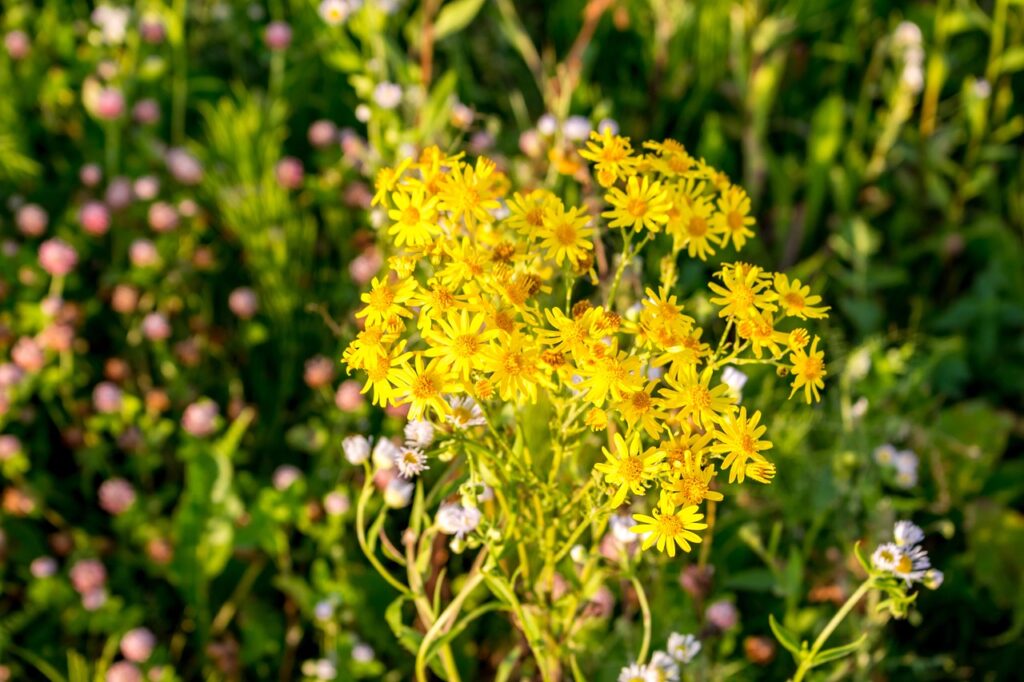
Regular Cleaning and Maintenance of the Turtle Tank Substrate
Proper cleaning and maintenance of the turtle tank substrate are essential for the health and well-being of your turtles. Here are some regular cleaning and maintenance tasks to perform:
Removing Solid Waste and Debris
Regularly remove any solid waste and debris from the substrate using a scoop or net. This will help maintain a clean and hygienic environment for your turtles.
Partial Water Changes
Perform partial water changes regularly to ensure the overall cleanliness of the tank. This will dilute any accumulated waste or chemicals in the water and help prevent water quality issues.
Siphoning Excess Food and Plant Material
Using a siphon, remove any excess food or plant material that may have settled in the substrate. This will prevent the decomposition of food and plant debris, which can lead to bacterial growth and foul odors.
Checking and Adjusting Substrate Moisture Levels
Monitor the moisture levels of your substrate regularly, especially if you are using moisture-retaining substrates like coco coir or sphagnum moss. Adjust the moisture levels as needed to ensure they are suitable for your turtle’s specific requirements.
Inspecting for Signs of Mold or Bacterial Growth
Regularly inspect the substrate for any signs of mold or bacterial growth. If you notice any unusual odors or discoloration, take immediate action to address the issue. Remove any affected substrate and replace it with fresh, clean material to prevent the spread of harmful bacteria.
Common Concerns and Troubleshooting Tips
While creating the perfect turtle tank substrate environment is important, it is common to encounter some concerns along the way. Here are some common concerns and troubleshooting tips:
Excessive Algae Growth
If you find that excess algae is growing in your turtle tank, consider reducing the nutrients in the water by adjusting your feeding habits or implementing additional filtration. Additionally, ensure that your tank is not receiving direct sunlight, as this can contribute to algae growth.
Foul Odors from Substrate
Foul odors emanating from the substrate may be a sign of bacterial growth or decomposition. Ensure that you are regularly cleaning the substrate and removing any waste or debris. If the odors persist, consider replacing the substrate and reassessing your cleaning routine.
Unusual Behavior or Digestive Issues
If your turtle is exhibiting unusual behavior or experiencing digestive issues, it may be a result of the substrate. Some turtles may ingest or become impacted by certain substrates. Monitor your turtle closely and consult a veterinarian if you observe any concerning symptoms.
Inadequate Substrate Depth
If you find that the substrate depth is inadequate for your turtle’s needs, consider adding more substrate to meet their preferences and requirements. Increasing the substrate depth will provide a more comfortable and natural environment for your turtles.
Difficulty in Cleaning the Substrate
If cleaning the substrate is proving to be challenging, consider opting for a different substrate that is easier to clean and maintain. Reptile carpet or paper towels may be more suitable if you prefer a hassle-free cleaning routine.
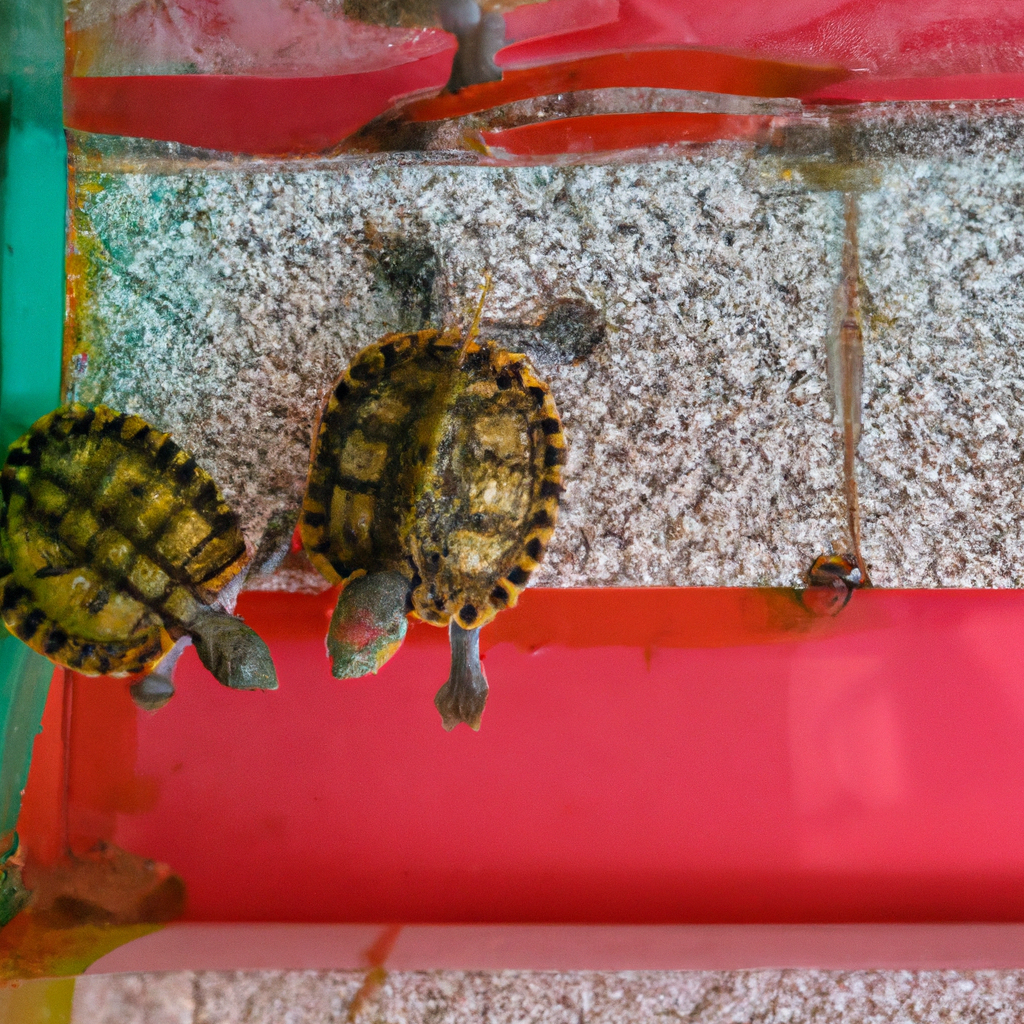
Conclusion
Choosing the right substrate for your turtle tank is crucial in providing a comfortable and healthy environment for your turtles. By considering factors such as turtle species, size and age, substrate depth, ease of cleaning, availability, and safety, you can make an informed decision that promotes your turtle’s well-being. Whether you choose sand, gravel, river rocks, moss, carpet, or any other substrate, regular cleaning and maintenance are essential to ensure a clean and hygienic habitat for your turtles. Keep in mind the common concerns and troubleshooting tips discussed to address any issues that may arise. With the right substrate and proper care, you can create a natural and safe habitat that supports your turtles’ comfort, exercise, and overall health.
